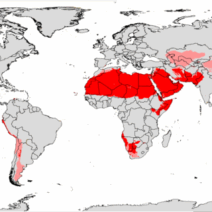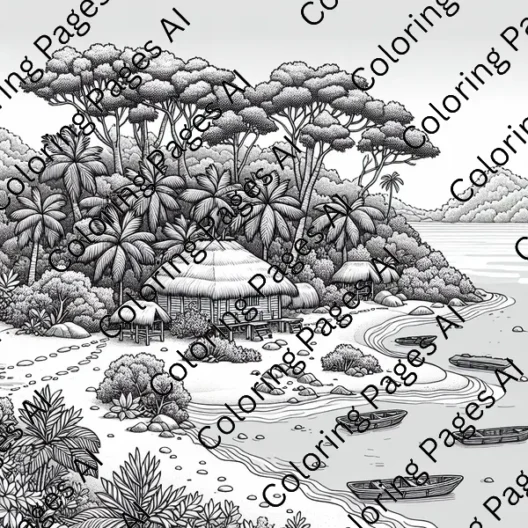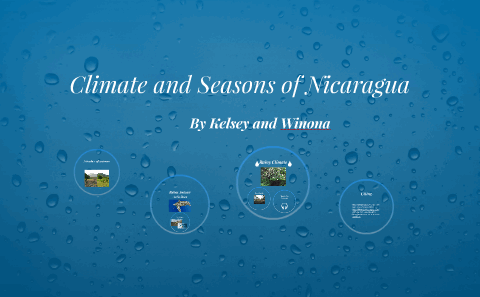As we traverse deeper into the 21st century, the specter of climate change looms larger with each passing year. Predictions for the year 2050 are both alarming and enlightening, unveiling the myriad ways in which our planet will transform due to anthropogenic influences. The exploration of these changes encompasses various domains—environmental, economic, social, and technological—and requires a comprehensive understanding of the potential scenarios that await humanity.
Firstly, consider the environmental impacts that are expected to unfold by 2050. One of the most pronounced changes will be the increase in global temperatures. Scientific models project a rise in temperatures between 1.5 to 2 degrees Celsius above pre-industrial levels if current trends continue. Such warming will exacerbate heatwaves, leading to extreme weather events becoming more commonplace. These events include severe storms, floods, droughts, and wildfires, which can devastate ecosystems and human settlements alike.
Sea level rise is another critical concern. Due to the melting polar ice caps and glaciers, combined with thermal expansion of the oceans, forecasts indicate that sea levels may rise by as much as two feet by 2050. Coastal cities around the globe, including New York, Miami, and Tokyo, face heightened risks of inundation. The resultant displacement of populations could result in ‘climate refugees’ as millions are forced to migrate away from their homes.
On the ecological front, biodiversity is anticipated to suffer gravely. Numerous species are projected to face extinction as habitats are altered beyond recognition. Coral reefs, for instance, are likely to experience significant bleaching due to increased ocean temperatures and acidification, leading to a catastrophic decline in marine biodiversity. As these ecosystems collapse, the repercussions will reverberate through global food chains.
Moreover, the challenge of food security will come to the forefront by 2050. Agriculture, which is highly dependent on stable climate conditions, is expected to be increasingly jeopardized. Crop yields may decline as droughts and flooding become more frequent, while changing temperature norms will disrupt growing seasons. Predictions suggest that in some regions, particularly in the Global South, food scarcity could become a dire reality, inciting social unrest and exacerbating existing inequalities.
As we reflect on the social implications of climate change, it becomes apparent that the very fabric of society may be strained. Economic disparities may widen as wealthier nations fortify their defenses against climate-related impacts, while poorer nations, lacking resources, face the brunt of ecological degradation. Increased competition for dwindling resources may catalyze conflicts, destabilizing regions and leading to humanitarian crises.
Urban areas are not exempt from these transformative changes. By 2050, it is projected that over 68% of the world’s population will reside in cities, intensifying urban challenges. Sweeping urbanization will necessitate innovative approaches to waste management, water supply, and energy consumption, as cities become incubators for climate adaptation strategies. Green infrastructure, such as rooftop gardens and permeable pavements, may gain traction, helping mitigate heat island effects and manage stormwater more effectively.
In response to these challenges, technological advancements are expected to play a pivotal role in addressing climate change. Innovations in renewable energy technologies, such as solar and wind power, will likely proliferate. The pursuit of a carbon-neutral or carbon-negative future will spur research and investment in carbon capture and storage techniques, creating new industries dedicated to sustainability. Moreover, advancements in smart grid technologies can enhance energy efficiency and resilience, tailoring consumption patterns to minimize environmental impact.
This intersection of technology and policy will be paramount in the coming decades. Global agreements and national policies targeting greenhouse gas emissions could shape a more sustainable future. A commitment to sustainable development practices, alongside the circular economy, aims to reduce waste and promote resource efficiency. Climate adaptation and mitigation strategies, driven by scientific research and robust policy frameworks, will be vital in determining the extent of future consequences.
However, it is crucial to recognize that the success of such strategies hinges on collective action. By 2050, grassroots movements emphasizing social justice and climate equity may emerge, driving public consciousness around climate issues. Individuals and communities will increasingly advocate for sustainable practices, putting pressure on corporate entities and governments to adopt environmentally responsible policies.
International collaboration will also be fundamental in the fight against climate change. Global partnerships that transcend borders could facilitate knowledge sharing, technology transfer, and funding for adaptation efforts in vulnerable regions. Multilateral agreements can promote accountability, ensuring that nations uphold their commitments to reducing emissions and protecting environmental integrity.
The future landscape of 2050 holds significant uncertainties influenced by human actions today. While many of the foreseen changes paint a daunting picture, they emphasize the urgency of adopting transformative strategies that align with sustainability goals. Engaging in proactive measures now can mitigate the adverse impacts of climate change in the coming decades and foster a resilient society.
In conclusion, predictions for 2050 reflect a world markedly altered by the effects of climate change. From environmental degradation and increased social discord to technological innovation and adaptive strategies, the implications touch every sector. The next decades will be pivotal, determining whether humanity can navigate the tumultuous waters of climate change and forge a sustainable path forward.







